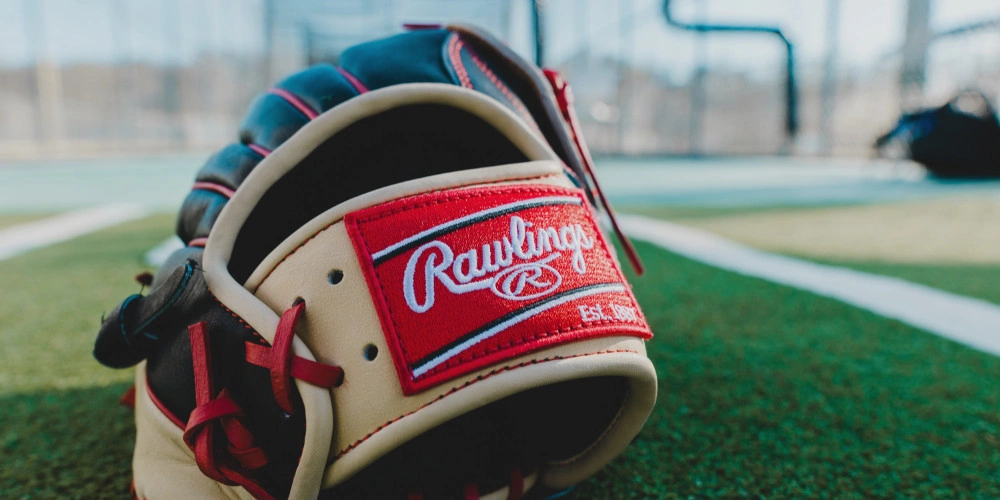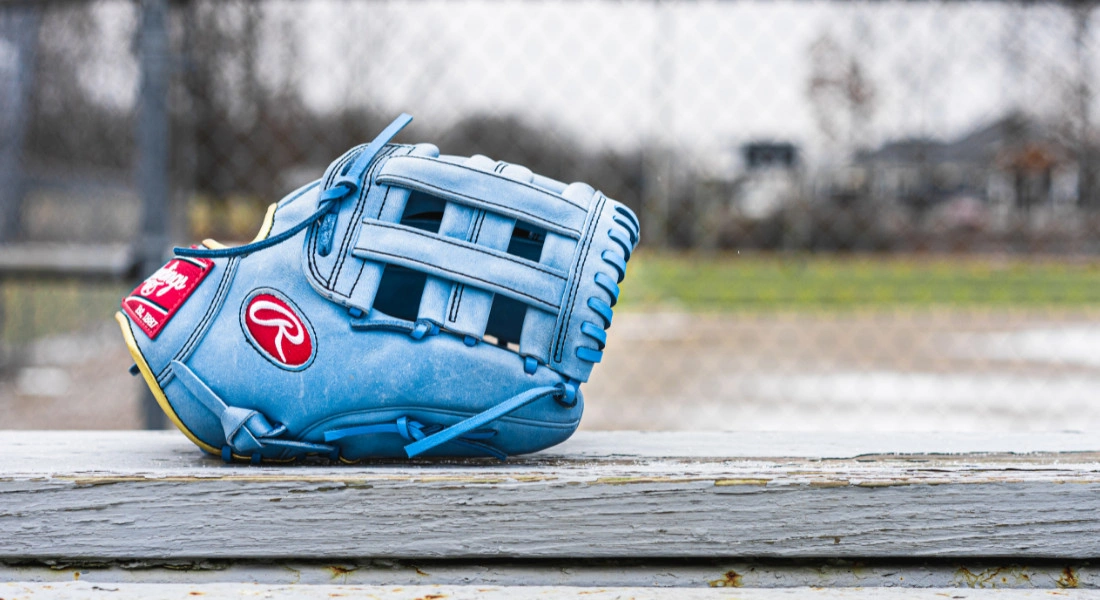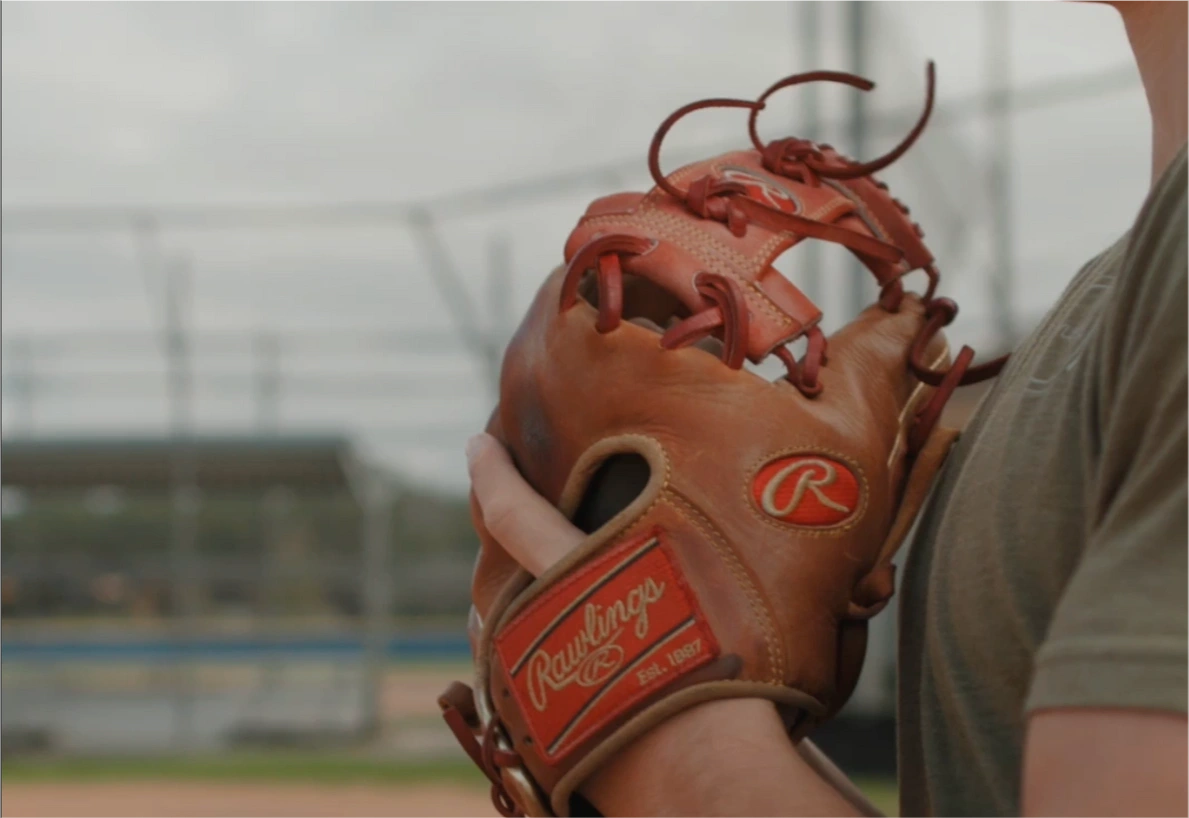Baseball Gloves & Mitts
Popular Baseball Gloves & Mitts
See more Popular Baseball Gloves & Mitts
Wilson A950
10 Available

Rawlings Gold Glove Elite
53 Available

Rawlings Pro Preferred
168 Available

Rawlings Heart of the Hide
713 Available

Wilson A2000
948 Available

Rawlings Renegade
39 Available

Wilson A2K
222 Available

Rawlings Highlight Series
52 Available

44 Pro Signature Series
20 Available

Rawlings Premium Series
37 Available
Trending Baseball Gloves
See more2025 Catcher's Right Hand Throw Rawlings Heart of the Hide Baseball Glove 34" (New)
$230
Retail price: $300Shop by Glove Position
Infield Baseball Gloves & MittsInfieldOutfield Baseball Gloves & MittsOutfieldCatcher's Baseball MittsCatcherFirst Base Baseball Gloves & MittsFirst BasePitcher's Baseball Gloves & MittsPitcher
2,317 Results
Related Articles

How to Break In Your Baseball Glove
Congratulations! You’ve just bought a brand new baseball glove, which is a great investment in your baseball career. Now, it’s your duty to take care of this investment.

Guide to Baseball Glove Types and Styles
While deciding to get a glove is easy, the choice of which glove to buy can be overwhelming.

Caring for a Baseball Glove
There are many ways to prolong the lifespan of a baseball glove. Our glove expert breaks down a few of the most popular.












































